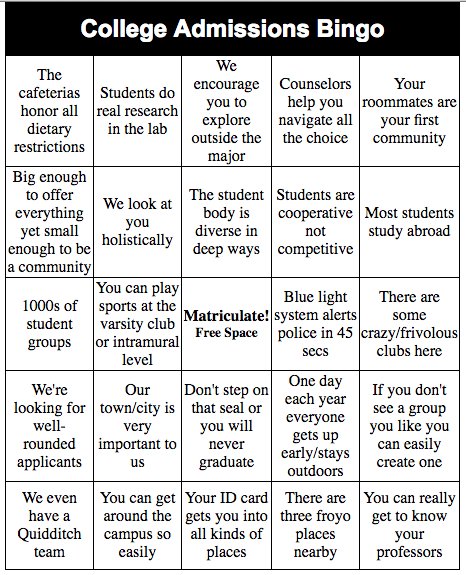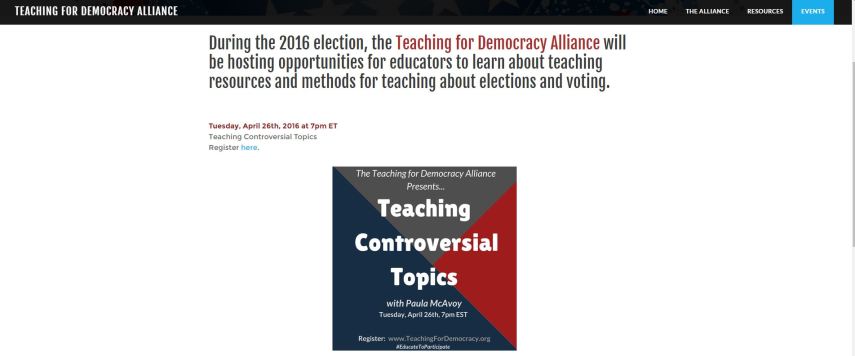In her 1987 paper on “Analyzing the structure of argumentative discourse,” Robin Cohen laid out a theory of argument understanding comprised of three core components: coherent structure, linguistic clue interpretation, and evidence relationships. As the title suggests, this post focuses on the first of those elements: argument structure.
Expecting a coherent structure minimizes the computational requirements of argument mining tasks by limiting the possible forms of input. The coherent structure theory parses arguments as a tree of related statements, with every statement providing evidence for some other statement, and one root statement serving as the core claim of the argument. The theory posits that argument structures may vary, but there are a finite number of unique structures, and those structures are discoverable. Cohen herself introduces two such structures: pre-order “where the speaker presents a claim and then states evidence” and post-order, “where the speaker consistently presents evidence and then states the claim” (Cohen 1987).
Argument structure is a particularly notable and challenging element of argument mining. Identifying argument structures are essential for evaluating the quality of an argument (Stab and Gurevych 2014), but it is a difficult task which has gone largely unexplored. A key challenge is the lack of argument delimiters; one argument may span multiple sentences and multiple premises may be contained in the one sentence. In the resulting segmentation problem, we are able to determine which information for the arguments, but not how this information is split into the different arguments (Mochales and Moens 2011).
To address this challenge, Mochales and Moens have sought to expand models of argument structure, parsing texts “by means of manually derived rules that are grouped into a context-free grammar (CFG)” (Mochales and Moens 2011). Restricting their focus to the legal domain – where arguments are consistently well-formed – Mochales and Moens manually built a context-free grammar in which document has a tree-structure (T) formed by an argument (A) and a decision (D). Further rules elucidated what elements may form the argument and what elements may form the decision. By maintaining a tree-structure for identified arguments, Mochales and Moens broadened the range of possible argument structures without sacrificing too much computational complexity.
Using this approach, Mochales and Moens were able to obtain 60% accuracy when detecting argument structures, measured manually by comparing the structures given by the CFG and the structures given by human annotators. This is a notable advancement over the simple structures introduced by Cohen, but there is still more work to be done in this area. Specifically, as Mochales and Moens point out, future work includes broadening the corpora studied to include additional types of argumentation structure, developing techniques which can identify and computationally handle structures more complex than trees, and incorporating feedback from those who generate the arguments being parsed. The limitation of this model to legal texts is particularly notable, as “it is likely it will not achieve acceptable accuracy when applied to more general texts in which discourse markers are missing or even misleadingly used (e.g. student texts)” (Stab and Gurevych 2014).


 Instead of bemoaning how partisan bickering had stymied their work, Senator Barbara Mikulski (pictured center) was almost indignant. “That’s not the whole story,” she said, and argued that in fact this had been one of the most productive years for women in the Senate that she could remember. And she would know: Mikulski started a monthly bipartisan dinner group just for female senators that encourages relationships between women across the aisle, and creates mentorship opportunities between generations of politicians.
Instead of bemoaning how partisan bickering had stymied their work, Senator Barbara Mikulski (pictured center) was almost indignant. “That’s not the whole story,” she said, and argued that in fact this had been one of the most productive years for women in the Senate that she could remember. And she would know: Mikulski started a monthly bipartisan dinner group just for female senators that encourages relationships between women across the aisle, and creates mentorship opportunities between generations of politicians.





 NCDD’s national conferences bring together 400+ of our community’s most exciting leaders, innovators, learners, and doers, for an event that enables us not only to network and learn from each other, but to tackle our greatest collective challenges head-on, and to set the direction for our field.
NCDD’s national conferences bring together 400+ of our community’s most exciting leaders, innovators, learners, and doers, for an event that enables us not only to network and learn from each other, but to tackle our greatest collective challenges head-on, and to set the direction for our field. What do you think about the idea above?
What do you think about the idea above?